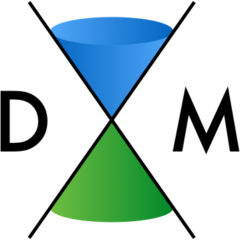Over the past decades there has been an an enormous increase of computational power and a rapid development of experimental techniques. Both developments, together with the great advancements of data storage capacities, have initiated the application of methods taken from computer and data science into the research of functional quantum materials and quantum many-body physics. For example, interpretable and computationally-efficient machine learning models are able to capture the structure-property relationship in materials science opening the path towards an efficient computer based materials design.
In supervised learning, large data sets, e.g., of ab initio calculations, provide the necessary training examples. The trained models facilitate high-throughput screening of materials by reducing the search space. Additionally, the models enable dynamic simulation on longer timescales than traditionally feasible. Unsupervised clustering approaches using structural similarity metrics allow for a new way of exploring the large chemical space. In case of the many body problem, machine learning architectures provide versatile wavefunctions that lead to accurate results and prove to be more flexible than traditional methods.
Work in the group has focused on developing data mining and machine learning techniques to investigate and analyse the calculated properties of organic materials. This is closely linked with the development of the Organic Materials Database (OMDB).
- OMDB: The Organic Materials Database (OMDB) contains DFT data for over 25,000 organic crystals that have been synthesised and provides the data set for the group’s material informatics work.
- Magnetism: Magnetic properties are of interest from both fundamental and application perspectives; atomistic spin dynamics protocols are being used to extend the DFT data of the OMDB.
- Machine learning: machine learning techniques are being developed to predict potentially interesting materials based on the data contained in the OMDB.
